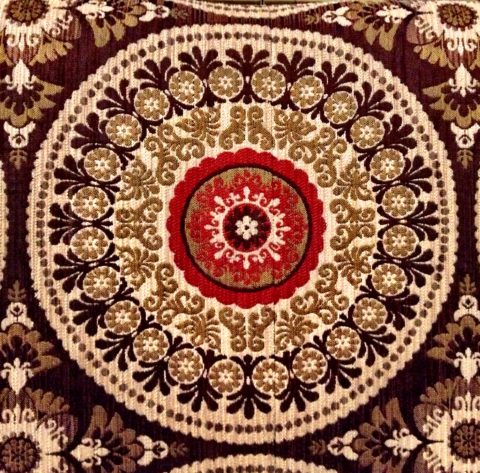
Seen at Two Sisters Vineyard in Niagara-on-the-Lake
I’ve been doing a short course on creating mandalas (circles) by the wonderfully creative Julie Gibbons. Gibbons describes the etymology of the Sanskirt word mandala – ‘manda’ meaning essence and ‘la’ meaning container.
A mandala circle is a container of essence.
As someone who’s always exploring essence in photography, I love that definition. Circles in general can be found everywhere; in the moon, the sun, our earth, the pupils of our eyes, wheels, flowers, and fruit. Start looking and you’ll see them. And, like lines, they are symbolic. They can symbolize inclusion, wholeness, universality, equality, unity, harmony, infinity. There is no beginning or end. Circles create a centre of focus. Life has many circular themes, daily sunrise and sundown, and the rhythm of the seasons.
“No straight lines make up my life;
And all my roads have bends;
There’s no clear-cut beginnings;
And so far no dead-ends.”
~ All My Life’s A Circle, Harry Chapin. Listen on YouTube.
Think of the Olympic rings – overlapping circles that symbolize harmony and unity.
Circles draw us in. According to Jungian psychology, the circle represents the psyche or the whole Self.
“To the Greeks the circle was a symbol of the divine symmetry and balance in nature. Greek mathematicians were fascinated by the geometry of circles and explored their properties for centuries.” ~ Circles, Circles Everywhere
See this article for more circle symbolism.
Circles in Photography
Lately, I’ve been doing visual journaling with some of my images. It’s a way of bringing more self-awareness to why I photograph what I do. I created an album containing images that include circles, whether defined or implied. In his online book of photographic psychology, John Suler says,
“A circle indicates unity and eternity. Carl Jung, the famous psychological theorist, called these images “archetypes.” They represent universal patterns of human thought that reside in our collective unconscious. Instinctively, we react to these images, even though we may not always be conscious of that reaction or the underlying meaning. When you incorporate some of these basic symbols into your photography, there’s a good chance that many people will respond to that universal meaning.” – John Suler Photo Psychology
Below are some examples of circles in photography. See if a universal meaning comes up for you when looking at the three images that follow (before reading the text on each). Don’t think too hard about it.

1. The Lone Circle
In this image, the universal meaning for me is about being different and unique. I see a tiny, colourful circle amidst lots of lines. Yet, the circular plant seems to be thriving and growing right where it is.

2. Implied Circle
These children were dancing round and round as the music played. The two in the center with their hands clasped are creating a closed circle within the bigger circle. The older one is helping the younger one. There is a sense of fun, relationship, and equality.

3. Circles within Circles
While the texture of this prickly cactus may stand out, it was the circular shapes within the circular container that drew me to this photograph. My eye starts at the lower left and goes around in a spiralling way towards the centre. The universal meaning for me is of being held or contained; of belonging.
You may have come up with similar meanings or something completely different. There is no right or wrong answer. We all bring our own meaning. The purpose of this exercise is to get you thinking about and looking for the circles around you and discovering what they mean to you.
Circles are powerful. Knowing how they affect us psychologically and emotionally can be helpful when composing an image, as well as reflecting on it later.
Also see: Lines as Symbols in Photography, On Balance in Photography, and Look for the Spiral.
There’s something incredibly harmonious about circles and mandalas have always been a source of fascination for me. I still love colouring them and making them in crochet too. I’m not surprised that the meaning of ‘manda’ is essence. Mandala: a container of essence. Lovely!
Circles are such a universal symbol of wholeness and completion. It is how I think of the year…not in linear terms but as a ever turning circle.
You inspire with your deep-thinking about your images.